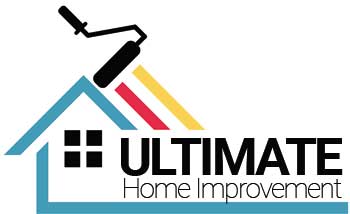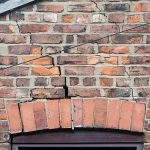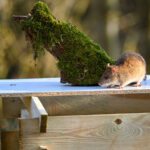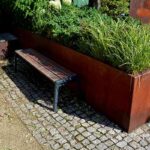There are advantages and disadvantages evolving around hardwood or UPVC conservatory materials. Manufacturers use either material for creating just about any conservatory design imaginable. Both are durable long lasting materials, but structures made from hardwood tend to cost more. However wooden conservatories take a lot more time and effort to maintain them, if not properly looked after they can quickly look worn and the wood can even start to rot.
Wood Conservatories
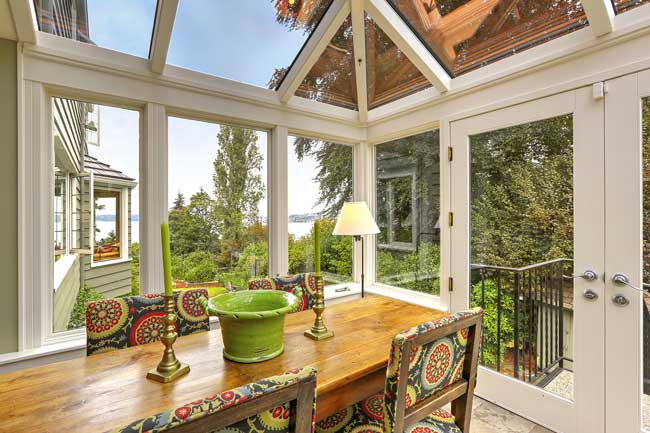
The drawback of wood conservatory materials for your structure includes the necessity of having to repaint or re-stain surfaces every three to five years for optimal appearance, which can be either time-consuming or expensive depending on whether or not you do it yourself! Home-owners must also use consideration when choosing paints or stains as some might actually cause damage by trapping moisture and creating rot.
UPVC Conservatories
More and more frequently, home-owners choose conservatory designs comprised of polyvinyl carbonate or UPVC conservatory materials. Built with aluminium or galvanized steel frames, these rooms offer every bit of strength as wood. The structures also provide resilience against the weather. Manufacturers also use UPVC for creating the doors and windows of conservatories.
UPVC commonly comes in white but optional foil coatings offer an appearance similar to painted wood. Some frames resemble the texture and colour of woods ranging from oak to mahogany. Besides being cost effective, UPVC conservatories require little maintenance. Surfaces easily wipe clean and there is no need for periodic painting or staining. However if you are looking for a unique look to your UPVC conservatory there are UPVC spraying companies who can change the colour of your conservatory to match any colour you like.
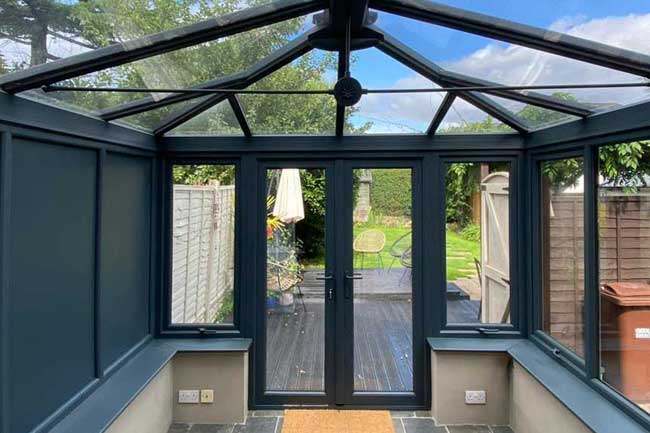
Conservatory Materials Cost Factors
The many aspects of building costs include the overall size of the structure. Naturally, the larger the conservatory the greater the cost. If deciding on wood for the room, consider the cost variations between different types of wood. Pine or oak are much more budget friendly than mahogany or exotic woods.
UPVC materials also vary depending on the quality and strength of the materials. UPVC may vary from 10 to 25 millimetres in thickness. Contractors might use small individually constructed frames or split larger frames into sections. The amount of reinforcement structures contain is another consideration.
Door and window costs vary with design. Windows that open and close or have double-glazing are more expensive compared to versions not equipped with these features. The number of doors, windows, roof vents and any special features built into the conservatory also determine the cost.
This article is published by Ultimate Home Improvement blog uk
